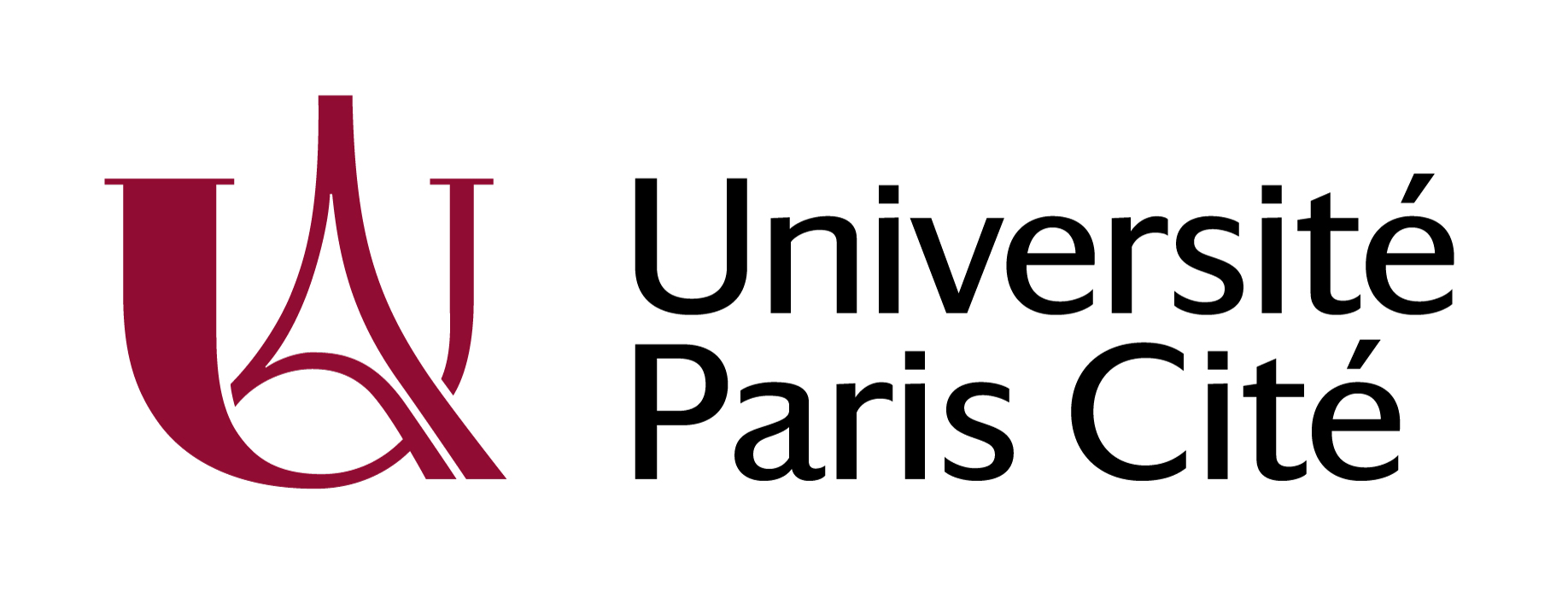Should Patients With Acute Minor Ischemic Stroke With Isolated Internal Carotid Artery Occlusion Be Thrombolysed?
Résumé
BACKGROUND: We recently reported a worrying 30% rate of early neurological deterioration (END) occurring within 24 hours following intravenous thrombolysis (IVT) in minor stroke with isolated internal carotid artery occlusion (ie, without additional intracranial occlusion), mainly due to artery-to-artery embolism. Here, we hypothesize that in this setting IVT-as compared to no-IVT-may foster END, in particular by favoring artery-to-artery embolism from thrombus fragmentation. METHODS: From a large multicenter retrospective database, we compared minor stroke (National Institutes of Health Stroke Scale score <6) isolated internal carotid artery occlusion patients treated within 4.5 hours of symptoms onset with either IVT or antithrombotic therapy between 2006 and 2020 (inclusion date varied among centers). Primary outcome was END within 24 hours (≥q4 National Institutes of Health Stroke Scale points increase within 24 hours), and secondary outcomes were END within 7 days (END(7d)) and 3-month modified Rankin Scale score 0 to 1. RESULTS: Overall, 189 patients were included (IVT=95; antithrombotics=94 [antiplatelets, n=58, anticoagulants, n=36]) from 34 centers. END within 24 hours and END(7d) occurred in 46 (24%) and 60 (32%) patients, respectively. Baseline clinical and radiological variables were similar between the 2 groups, except significantly higher National Institutes of Health Stroke Scale (median 3 versus 2) and shorter onset-to-imaging (124 versus 149min) in the IVT group. END within 24 hours was more frequent following IVT (33% versus 16%, adjusted hazard ratio, 2.01 [95% CI, 1.07-3.92]; P=0.03), driven by higher odds of artery-to-artery embolism (20% versus 9%, P=0.09). However, END(7d) and 3-month modified Rankin Scale score of 0 to 1 did not significantly differ between the 2 groups (END(7d): adjusted hazard ratio, 1.29 [95% CI, 0.75-2.23]; P=0.37; modified Rankin Scale score of 0-1: adjusted odds ratio, 1.1 [95% CI, 0.6-2.2]; P=0.71). END(7d) occurred earlier in the IVT group: median imaging-to-END 2.6 hours (interquartile range, 1.9-10.1) versus 20.4 hours (interquartile range, 7.8-34.4), respectively, P<0.01. CONCLUSION: In our population of minor strokes with iICAO, although END rate at 7 days and 3-month outcome were similar between the 2 groups, END-particularly END due to artery-to-artery embolism-occurred earlier following IVT. Prospective studies are warranted to further clarify the benefit/risk profile of IVT in this population.
